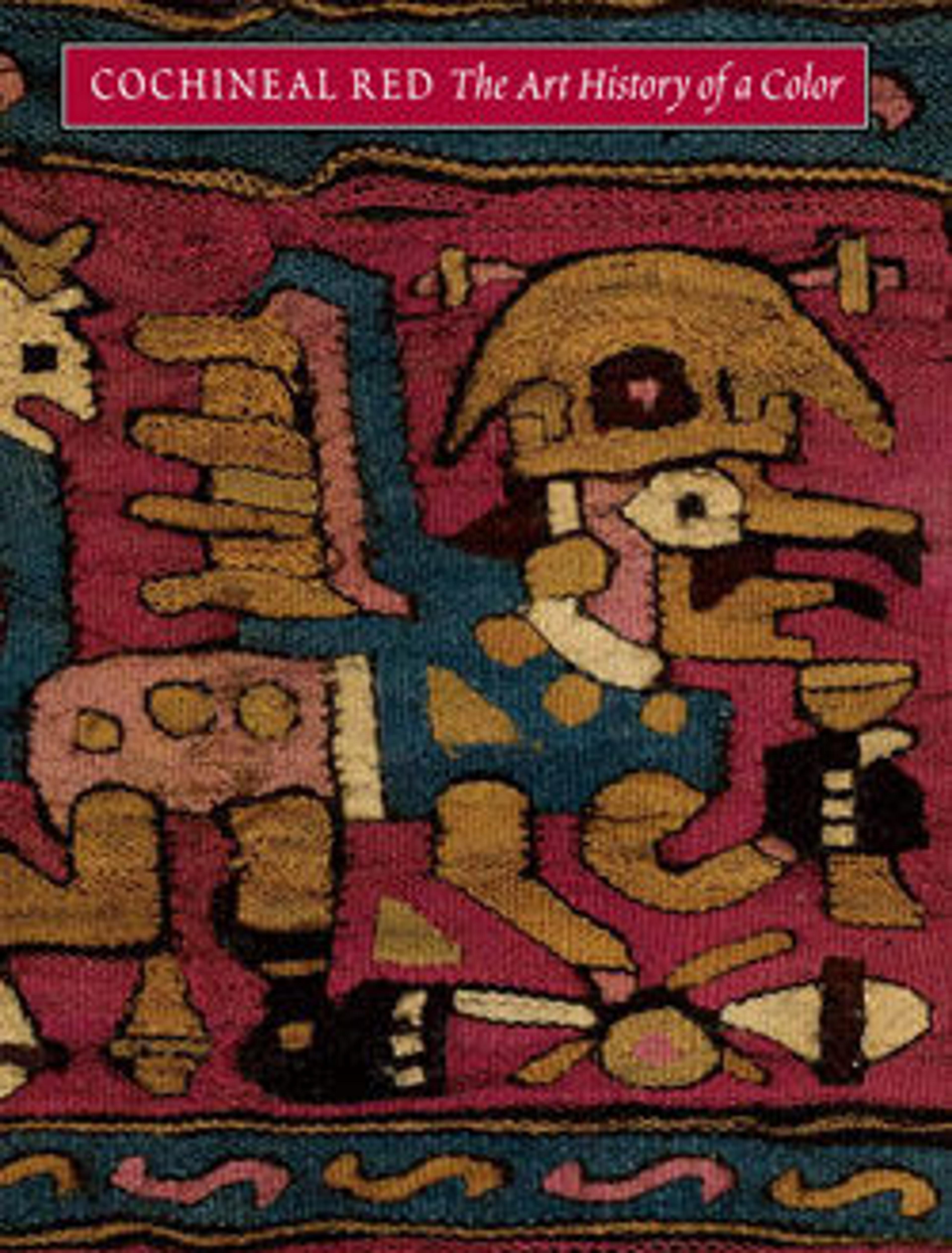Mantle
Images of twelve "oculate beings" are worked into this mantle by a technique called sprang, which replicates the pattern in mirror image on either side of the vertical center. The oculate beings are composed of stylized frontal heads with concentrically ringed eyes (from which they get their name) and semierect spotted bodies. They stand in two horizontal registers, alternately right side up and upside down across the width of the mantle. Their heads, too, can be read two ways, indicating yet again the visual complexity of which the ancient Peruvians were capable. The mantle is an early example of a textile type thought to be a man's cloaklike garment that was long in use in Precolumbian Peru. Fully articulated by the late centuries B.C.E., mantles continued to be made until long after the Spanish conquest of the sixteenth century. A number of complete early mantles are known from Ocucaje in the southern Ica Valley, the source of this example. It is one of the largest Peruvian textiles made in sprang, a technique in which there is no weft and the pattern is produced by hand manipulation of the warp. Openwork Ocucaje mantles had a funerary function.
Artwork Details
- Title: Mantle
- Date: 2nd–1st century BCE
- Geography: Peru
- Culture: Ocucaje
- Medium: Camelid hair
- Dimensions: H. 54 1/4 x W. 74 3/8 in. (188.9 x 137.8cm)
- Classification: Textiles-Woven
- Credit Line: Gift of Rosetta and Louis Slavitz, 1986
- Object Number: 1986.488.1
- Curatorial Department: The Michael C. Rockefeller Wing
More Artwork
Research Resources
The Met provides unparalleled resources for research and welcomes an international community of students and scholars. The Met's Open Access API is where creators and researchers can connect to the The Met collection. Open Access data and public domain images are available for unrestricted commercial and noncommercial use without permission or fee.
To request images under copyright and other restrictions, please use this Image Request form.
Feedback
We continue to research and examine historical and cultural context for objects in The Met collection. If you have comments or questions about this object record, please contact us using the form below. The Museum looks forward to receiving your comments.
